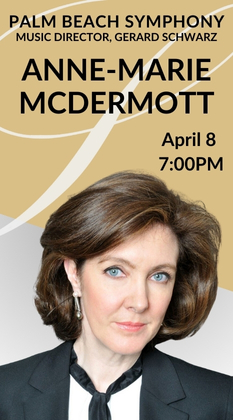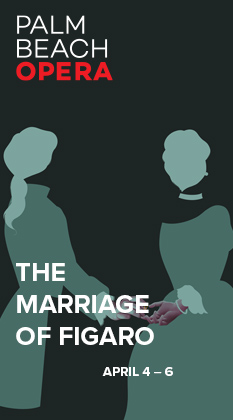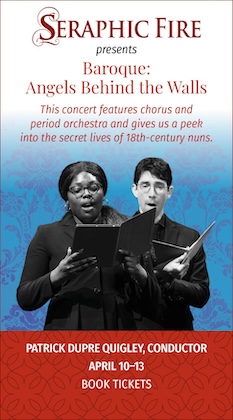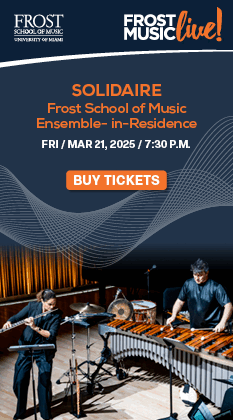Lugansky to perform recital for Friends of Chamber Music
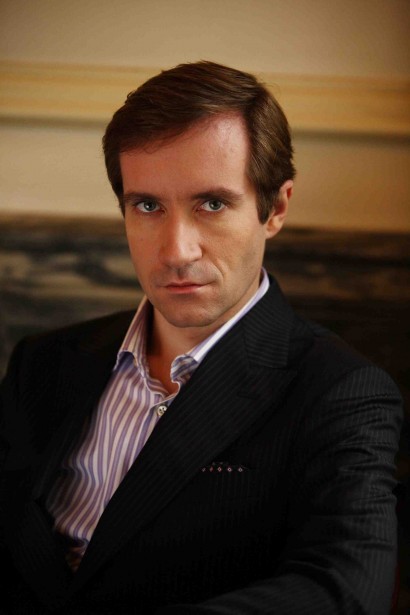
Nikolai Lugansky will perform a recital for friends of Chamber Music on Oct. 25.
At 40 years of age, Nikolai Lugansky has amassed more awards and high-profile performances than many concert pianists struggle to attain over a lifetime.
A student of famed pedagogue Tatiana Nikolayeva at the Central School of Music in Moscow, Lugansky won the Bach Competition in Leipzig in 1988 and the All-Union Rachmaninoff Competition two years later.
And by the time he won the 1994 International Tchaikovsky Competition in his hometown of Moscow, he was already established as one of the top artists of his generation. The pianist made his American debut at the Hollywood Bowl in 1996 performing Tchaikovsky’s Piano Concerto No. 1 in B-flat minor with Valery Gergiev and the Kirov Orchestra.
When he isn’t touring, Lugansky, the progeny of two Russian research scientists, opts to stay close to his Moscow home where he and his wife are raising their three children. The pianist also teaches at the Moscow Conservatory and gives most of his recitals, about five per year, in the city and surrounding areas.
Lugansky will return to South Florida October 25 to perform a recital for Friends of Chamber Music of Miami. Last night at Symphony Hall, Lugansky, under the baton of Charles Dutoit, made his debut with the Boston Symphony Orchestra performing Rachmaninoff’s Piano Concerto No. 3, a work that has earned the pianist critical acclaim over the past year.
“I’m very excited. The Boston Symphony is one of the best orchestras in world,” said Lugansky in a recent phone call from his Moscow home.
Over the past year, Lugansky and Dutoit have teamed up to tackle the Rachmaninoff Third Piano Concerto several times. They came together with the Philadelphia Orchestra in November 2010 to bring the work to Philadelphia audiences. This past April, the pianist debuted with the Chicago Symphony, again with Dutoit conducting. And the two opened the State Symphony Orchestra of Russia Svetlanov with the concerto just last month.
Critics have praised Lugansky for his sparkling technique and command of the instrument, which the behemoth Third Concerto, with its knuckle-busting passages, requires of anyone who sits at the keyboard.
But for Lugansky, Rachmaninoff’s Third Piano Concerto is not the most difficult work. “It is a legend that it is the most difficult, but it isn’t so difficult if you know the music,” he said. And, in his opinion, the composer’s Second Piano Concerto is “sometimes more difficult.”
But he believes that the Third “is one of the most beautiful and lyrical pieces.” He explained that the work draws from the composer’s understanding of Russian culture. To Lugansky, the introduction bears the imprint of Russian Orthodox chant.
Such a view, in general, is compatible with the scholarship. Geoffrey Norris, music critic for The Daily Telegraph and a Rachmaninoff specialist, wrote that the composer “used his own skills as a performer not to write music of unreasonable, empty virtuosity, but rather to explore fully the expressive possibilities of the instrument.”
Miami-based attorney Julian Kreeger, long-time president of Friends of Chamber Music and a producer who has recorded Nelson Friere and Valentina Lisitsa among other pianists under the Audiofon record label, offered a similar view. He commended Lugansky’s technique, but added that the pianist’s virtuosity does not distort the stylistic qualities of the music.
“Of pianists today, I would be hard put to think of anyone who can play the Rachmaninoff Third as well or better than Nikolai would,” Kreeger said. “He’s absolutely first-class . . . If I were to engage anyone to play Liszt or Rachmaninoff, he would come to my mind immediately.”
When asked about his approach to performing such a well-known and often-played piece as the Rachmaninoff Third, Lugansky said that he tries to make the music come alive for the audience. “It’s like the sunrise. Everyday it’s the same, but every day the experience is different.” And the music that he performs risks sounding stale if the performer doesn’t bring it to life, he said.
And though he has a diverse repertoire that includes other Romantic and early-Twentieth-Century masters, Rachmaninoff remains one of his favorite composers. “It’s about love. It’s not possible to explain why,” Lugansky said.
Late September brought the North American release of Lugansky’s recording of Rachmaninoff’s piano sonatas under the Naïve-Ambroisie label.
The lesser-known Piano Sonata No. 1 in D minor, Op. 28, originally based on characters from Goethe’s Faust in a vein akin to Liszt’s Faust Symphony, is a work filled with emotional contrasts. The composer initially designed each of the three movements as studies of the chief characters from Goethe’s story: Faust, Gretchen, and Mephistopheles. The influence of Russian Orthodox chant, a fascination for the composer, mixes with quotations of Dies Irae in the final movement, where Rachmaninoff, supplying an alternative ending to Goethe’s version, condemns Faust to Hell.
The recording also features Lugansky performing his own interpretation of the Piano Sonata No. 2 in B-flat minor, Op. 36 from both of the composers 1913 and 1931 versions.
Vladimir Horowitz, a friend of Rachmaninoff, was the source for the practice of combining both versions of the Second Sonata. In his 1991 memoir Evenings with Horowitz, David Dubal relayed from interviews with the pianist that Rachmaninoff informed him to “put what you think best of the two versions together.” “So I did, and Rachmaninoff approved,” Horowitz reportedly told Dubal.
The fused version of the sonata went on to become one of Horowitz’s hallmarks. In his biography of Horowitz, Harold C. Schonberg wrote that “(Horowitz) plays it so brilliantly, with such controlled abandon, that he almost succeeds in convincing the listener that it is an important piece of music.”
Kreeger recalled that he witnessed Horowitz performing the work in Carnegie Hall in 1968, where the pianist broke a piano string during the final movement. That performance, he said, stands as his best memory of the piece. Nikolai Lugansky’s rendering is his closest memory after that, Kreeger said.
Lugansky said that for a long time he played only the 1931 version of the Second Sonata, having learned it at the age of 17. But a few years ago, he played through the 1913 version and discovered that he liked it better, he said. As for putting the two together in the recording, “I trust my own judgment,” he said.
Following his BSO performances, Lugansky heads to Florida for the recital at Temple Beth Am in Coral Gables, he will perform Leoš Janáček’s quasi-impressionistic suite In the Mists, Schubert’s Impromptus, Op. 142, and his rendering of Rachmaninoff’s Second Piano Sonata.
From Miami, Lugansky heads to the Alys Stephens Center in Birmingham, Alabama to perform a solo recital on October 28 as part of the University of Alabama Birmingham Piano Series. From there he will travel to New York, where he will perform Rachmaninoff’s Rhapsody on a Theme of Paganini for his New York Philharmonic debut, which will also feature Dutoit at the podium.
For all of his recent success with Rachmaninoff’s music, Lugansky tries to balance the Romantic giants in his repertoire with music by Bach, Mozart, Beethoven, and Schubert.
“I would be unhappy if somebody thinks I am a specialist,” he said.
Nikolai Lugansky will perform music of Janacek, Rachmaninoff, Schubert and Liszt 8 p.m. Oct. 25 at Temple Beth Am in Coral Gables. miamichambermusic.org.
Aaron Keebaugh has taught music history courses at North Shore Community College, Santa Fe College, and the University of Florida, where he earned his Ph.D. in musicology. He presently writes for Boston Classical Review and the Revere Advocate and lives in Salem, Massachusetts.
Posted in Articles
Leave a Comment
Fri Oct 19, 2012
at 5:28 am
No Comments
